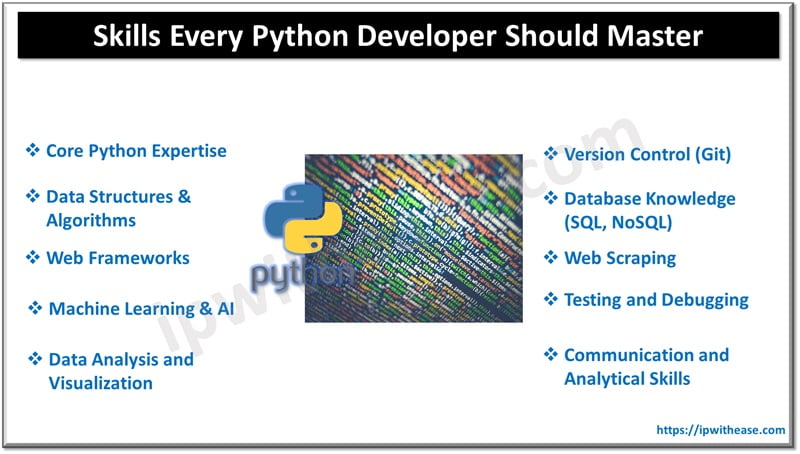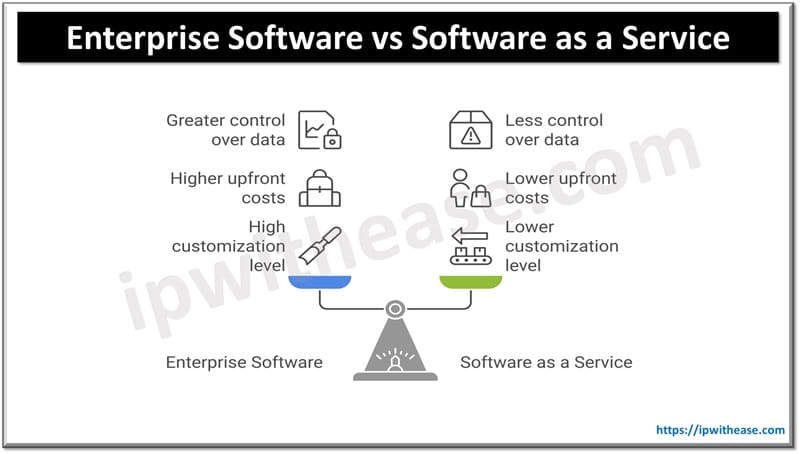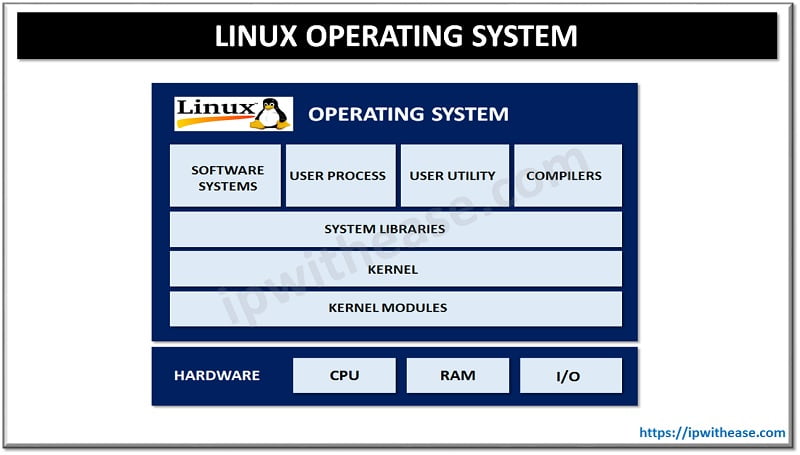Table of Contents
A Sandbox is an isolated testing environment that is used for safe experimentation without affecting the real data. Whereas, a Development Environment is where developers build and test code. It is often less restricted and closer to raw source control setups.
Software development is the process of designing, creating, testing, and maintaining software applications, frameworks, or other software components. It involves a series of steps or stages that take a software project from conception through to delivery and maintenance. Because of the complexity and requirement of technical expertise, a software outsourcing company is often opted by businesses to leverage global talent, reduce costs, and accelerate development timelines.
In a software development process, developers need to test their code before releasing it for public use. The developers are typically given access to two separate environments:
- a sandbox environment and
- a development environment
They might seem like similar concepts but have very different uses. This article explains the differences between the sandbox and development environments in software development and why you need both of them.
What is Sandbox Environment?
The sandbox environment is the technology that test an application or software in an isolated environment. With the help of this technology, developer can verify the features of a software. It also ensures that there would be no compatibility issues that is developed by the programs running in the background.
This environment can be easily reformatted for the repeated purpose thus creating the best solution for testing IT results. Along with this, it also helps to find the doubtful software’s, threats and malicious code without the involvement of its own system.
Use Cases
It can be found in different forms. Though most the companies use this environment for testing use but they also serve as a tool for:
- Permits customers to demo new products: Demos of sales comprise of videos and different other kinds of multimedia. Sandboxing gives the company to interact in better manner for the engagement of potential as well as existing customers. They can also test the application on their norms anywhere from the world.
- Integration of Project: Integration of multiple segments or parts of a project in not an easy task. The technology of sandbox allows you verify the validity and compatibility.
- Performing quality confirmation. Optimization and testing are an endless procedure with regards to programming development. A sandbox permits you to test, optimize, and empowers your QA groups to recognize potential issues before they raise wild.
What is Development Environment?
A development environment can be defined as a set of tools and procedures that are required in developing, debugging and testing for program or an application.
3-tier System
It works with the help of three tiers system that is development, staging and production.
- Development Server: It is a stage where the developer tests the code and verifies whether a program or an application is working properly or not with the help of that code. As soon as, developer finds that the code is running properly then that application is transferred to the staging server.
- Staging Server: This environment looks out the work of the production server. It is the final stage of testing and afterwards it transferred to the production server.
- Production server: As soon as the approval finishes, then the application becomes the portion of this server.
Types of Development Environment
There can be different types of development environment:
- Structure-oriented environments: In this kind of environment, users are allowed to manipulate structures directly.
- Language-centred environments: This type of environment is built for one language thereby providing a tool set suited to that specific language only.
- Toolkit environments: This environment provides a collection of tools that includes language-independent support for programming in the large tasks that includes a version control and configuration management.
Difference between Sandbox & Development Environment
Here, we are going to shed some light over the comparison of both and try to find out the features that divide them from one another:
Definition
- Sandbox Environment: is the technology that test an application or software in an isolated environment.
- Development Environment: can be defined as a set of tools and procedures that are required in developing, debugging and testing for program or an application.
Utility
- Sandbox Environment: With the help of this technology, developer can verify the features of a software. It also ensures that there would no compatibility issues that is developed by the programs running in the background.
- Development Environment: It works with the help of three tiers system that is development, staging and production.
Common Usage
- Sandbox Environment: Demonstration and marketing of new products with different multimedia.
- Development Environment: Used by the developer in code testing and verifying whether a program or an application is working properly or not with the help of that code.
Objective at Development Stage
- Sandbox Environment: The company to interact in better manner for the engagement of potential as well as existing customers. They can also test the application on their norms anywhere from the world.
- Development Environment: Once the developer finds that the code is running properly then that application is transferred to the staging server.
Integration and Staging
- Sandbox Environment: Integration of multiple segments or parts of a project in not an easy task. The technology of sandbox allows you verify the validity and compatibility.
- Development Environment: This environment looks out the work of the production server. It is the final stage of testing and afterwards it transferred to the production server.
Performing Quality Testing
- Sandbox Environment: Optimization and testing are an endless procedure with regards to programming development. A sandbox permits you to test, optimize, and empowers your QA groups to recognize potential issues before they raise wild. Leveraging QA testing services in a sandbox environment ensures early detection of bugs and performance bottlenecks, ultimately improving the quality and reliability of the software.
- Development Environment: Quality testing is basically done in Structure-oriented environments (users allowed to manipulate structures directly), Language-centred environments (environment built for one language with a tool set suited to that specific language only and toolkit environments (collection of tools that includes language-independent support for programming in the large tasks featuring configuration management and version control).
Transaction Status
- Sandbox Environment: In a sandbox environment, you need to live the transaction before the processing.
- Development Environment: In this environment you do not require live the transaction for the processing.
Cost
- Sandbox Environment: It is a freeware and can be turned into a free application, but if you are found to be inactive for than 30 days then you may be subject to closure.
- Development Environment: There is specific accounting fee for all types of development environment. It is charged annually and costs differently for QA environments, staging environments, production environments, production patch environment, etc.
Third Party Integration
- Sandbox Environment: Sandbox can be opened to the third party interference but it is not recommended in standard terms.
- Development Environment: The integration of third party is limited but activated in the developer environment.
Comparison Table: Sandbox Environment vs Development Environment
Below table summarizes the difference between the two:
| Parameter | Sandbox Environment | Development Environment |
|---|---|---|
| Definition | Test an application or software in an isolated environment. | Tools & procedures that required in developing, debugging and testing for program/application. |
| Utility | •Verify the features of a software •Ensures no compatibility issues | 3-tiers system •development •staging •production |
| Usage | Demonstration and marketing of new products. | Code testing and verifying. |
| Objective at Development Stage | •Better engagement •Testing anywhere from the world | Sanity check before transferring application to the staging server. |
| Integration & Staging | Verify the validity and compatibility. | Final stage of testing |
| Quality Testing | Permits to test, optimize, and empowers your QA groups to recognize potential issues | QA is done at Structure-oriented, Language-centred and toolkit environments. |
| Transaction Status | Need to live the transaction before the processing. | No need to live the transaction for the processing. |
| Cost | Freeware | Specific accounting charges |
| Third Party Integration | Can be opened to the third party interference but not recommended. | Third party integration is limited. |
Download the comparison table: sandbox environment vs development environment
Continue Reading
Software Research & Development Services
What Is Coding and What Is It Used For?
ABOUT THE AUTHOR

You can learn more about her on her linkedin profile – Rashmi Bhardwaj



